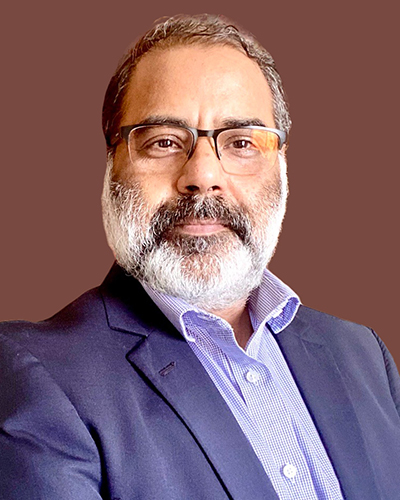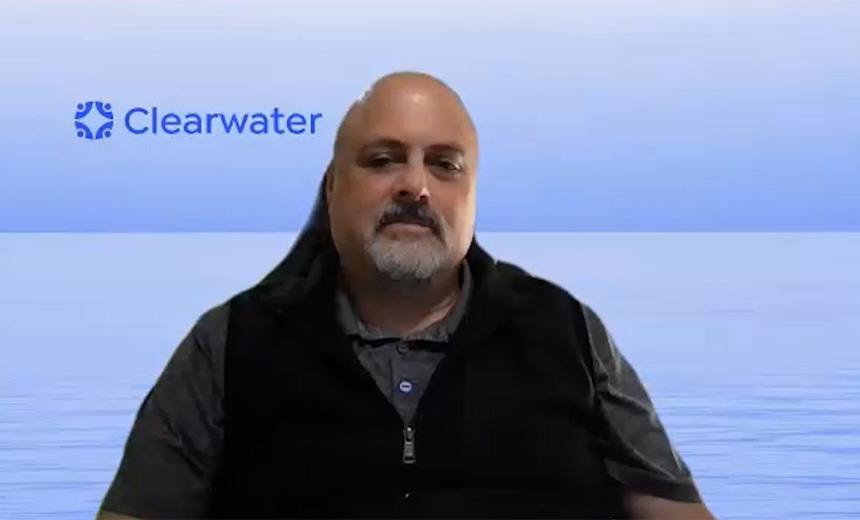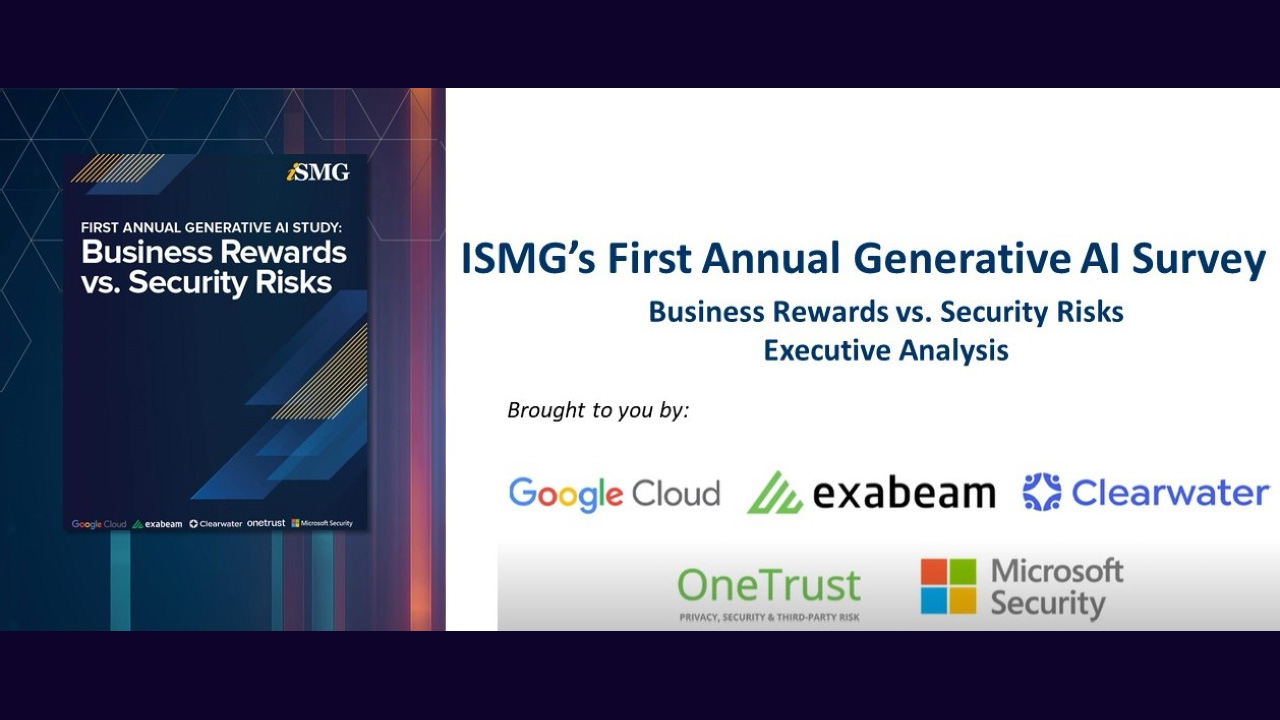Lessons From a Government CIO
To Bring Disruptive Change and Innovations, CIOs Have to Look Beyond the Obvious
Jonathan Feldman co-authored the code for America's open-source book titled "Beyond Transparency." He has been managing technology for the city of Asheville, North Carolina, for over 17 years. He received the Frost & Sullivan CIO Impact award. Forbes called his efforts "IT done right." In an exclusive interview, Feldman speaks about the path CIOs should walk on to innovate, change and create value. "To create a superior CX, it is important to have superior EX," he says.
See Also: Google Cloud's Cybersecurity Edition: First Annual Generative AI Survey Results
He spoke on a variety of issues, ranging from his fascination for IT earlier in life, the importance of employee centricity in fostering a culture of innovation, to tech and security challenges of a government CIO.
Think Employee Experience Before Customer Experience
Feldman feels that the outcome of any tech deployment depends on how a CIO office engages with the employees. CX and EX are two sides of the same coin. Until the morale of employees improves, they cannot provide a superior experience to the customers, especially during uncertain times, including the COVID-19 pandemic, the great resignation or economic recession.
"I am blessed to have incredibly low attrition during the great resignation. I credit it to the collective leadership of the city of Asheville. Do we do everything perfectly? Perhaps no. However, we do not make employees feel dispensable. In the United States, employment contracts have been incredibly one way. We expect people to do overtime until they drop. We pay them for 40 hours but get them to work for 60 hours. That is not a great employee experience," Feldman says.
CIOs need to pay a lot of attention to employee well-being. "If you don't, it will have repercussions, and you will find yourself isolated," Feldman says. "Even if the economic scenario gets better, even if the pandemic is over, or we are done with the great resignation, those who prioritize EX will continue to deliver better CX."
Think Beyond Tech
There are two kinds of CIOs. One that faces in the data center and other that faces out of the data center. Technology has long moved out of the data center, and therefore, it's time for CIOs to look into solving business problems than just look at technology blocks.
Feldman's fascination for tech began at the early age of 11 with fixing networks. Having spent 15 years fixing and cleaning up technology mess, he closely watched it fail, harm and succeed in many ways. A simple "lift and shift" approach or an elegant configuration in the cloud that delivers marginal value is not tech. "It is like saying that the operation was successful but the patient died. Unless the technology deployment results in disruptive changes and delightful customer experience, it is a waste," Feldman says.
"It's very tempting for CIOs to say that their first team are the folks directly reporting to them but that's not true. The first team are the other executives in the organization. CIOs need to ensure that not only are they aligned with their interests, but also think of value creation," Feldman says.
Feldman's advice to CIO is to seek answers to questions such as:
- How can technology bring value to every stakeholder?
- Is it helpful?
- What are the organizational needs?
- What is the mandate for technology as an enabler?
The first step is to develop trust both inside and outside the organization. Once you have established the trust, sustain it with operational excellence. "If IT is not helping business from suffering, you are not doing it right. A CIO has to own up to the responsibility that business' dreams don't die," Feldman says. "Whether you work for a government organization or a large private sector company, engage in 'interpreneurship' than just entrepreneurship. It is not always right to think that all corporate functions have to act like startups. There are valuable mechanisms that large corporations have established over the years."
If, as a CIO, you can spend $10K on complex technical training, you can also spend the same money on piloting new technologies. "Back in the day, when I decided to virtualize our ERP, my colleagues were not convinced. But I was determined to experiment. The benefits were extraordinary. If we keep adding more servers for every single app that we deploy on a Microsoft stack, it is going to be expensive. It is simple," Feldman says.
Cybersecurity Is an Inseparable Part
Lately, a lot of sophisticated cyberattacks have rattled the government sector, critical infrastructure and even cities. Sensitive citizen data has been breached and held for ransom.
Feldman thinks it is immature to even think that if an organization - government or private - has not been breached yet, it could never be in the future. "One of the best things a CIO can do is to never publicly proclaim they got all the answers to cybersecurity challenges. By saying that, you are inviting someone to prove you wrong. It is always good to provide a realistic picture of what is possible, and what is not. I tell this to my executive management that there is no guarantee a cyberattack cannot happen," Feldman says. And therefore, risk mitigation and management are an inseparable part of every modern-day CIO's playbook. Feldman feels that by maintaining basic hygiene and by not being arrogant, a lot of risks can be mitigated. "Strike appropriate conversations and do appropriate preparations," he says.






















